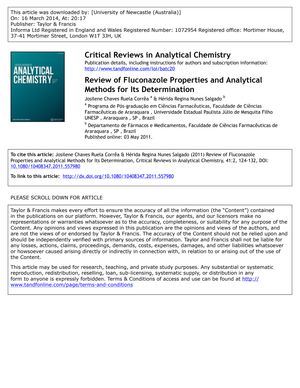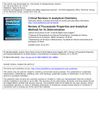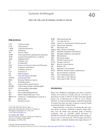Review of Fluconazole Properties and Analytical Methods for Its Determination
April 2011
in “
Critical reviews in analytical chemistry
”

TLDR Fluconazole is an effective antifungal medication with potential side effects and lacks official analytical methods for its determination.
The document reviewed the pharmacological properties and analytical methods for fluconazole, an antifungal medication used to treat candidiasis and cryptococcal meningitis. It highlighted fluconazole's effectiveness, its selective inhibition of ergosterol synthesis in fungal cell membranes, and its good absorption and distribution in body fluids. The review also mentioned potential adverse reactions, including nausea, vomiting, headache, rash, abdominal pain, diarrhea, and alopecia with high doses. Additionally, it was noted that fluconazole can cause Stevens-Johnson syndrome and is teratogenic in rodents, thus its use is not recommended during pregnancy and lactation. The drug's physical-chemical characteristics were described, including its solubility in various solvents and its polymorphic forms. Analytical methods such as titration, spectrophotometry, thin-layer chromatography, gas chromatography, and HPLC were discussed for fluconazole determination. The lack of official dissolution or stability-indicative analytical methods for fluconazole was identified as an area for research.


